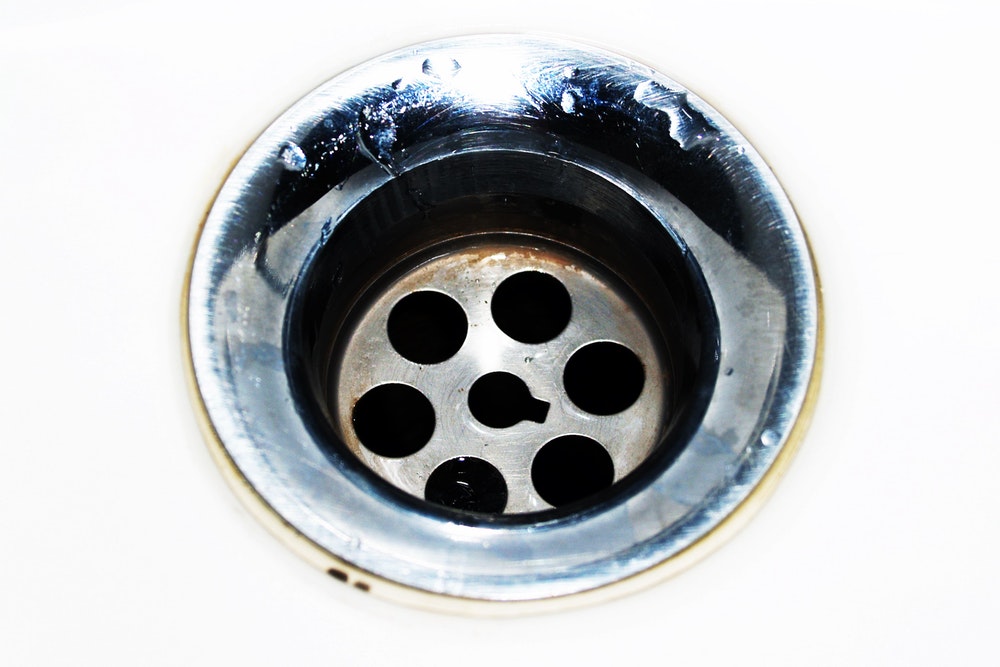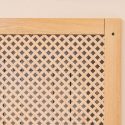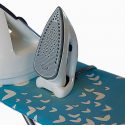Why Do Bathroom Drains Smell?
You sort of expect it when your kitchen sink starts to smell. Bits of food, fats and oils stuck in the drain can easily throw up a stink.
But the bathroom drain?
A sewer or rotten eggs smell coming from the bathroom drain is more baffling. But it has an easy explanation.
The warm moist environment in the bathroom drain makes a perfect home for bacteria. Water leaden with body oils, dead skin cells and hair attracts even more microbes.
Over time, the bacteria can form biofilm, a slimy build up that can stink up the bathroom. If there’s blockage, usually caused by hair, the smell from the drain will be worse.
The best way to deal with this problem is to use a drain cleaner. It will dissolve hair and whatever else is blocking the drain, clear up biofilm and get rid of the awful smell.
If you don’t want to use a store-bought drain unblocker, you can prepare a homemade drain cleaner using baking soda, vinegar and hot water.
First, pour a half cup of baking soda down the drain (you may need to remove the drain cover) and follow it up with half a cup of vinegar.
Cover the drain with a plunger to contain the reaction between the baking soda and vinegar. After things quiet down, let the drains it for 30 minutes then pour hot water down the drain.
This will remove obstructions and freshen up the drain.
Using a drain cleaner – whether from the store or homemade – should help with a smelly drain most of the time.
Persistent Sewage Smell

However, it’s not always that some baking soda and vinegar will get rid of the smell. If you’ve tried using a drain cleaner and a sewer smell persists, the problem could be further down the drain.
Your home drainage – including the one that leads from the toilet – is interconnected. Sewage and bathroom water eventually end up in the same place.
Sometimes, because of a problem with plumbing, the smell from the sewage could be escaping from the bathroom drain.
There are three possible reasons why this is happening.
1. Dry P-Trap
Your shower, bathtub and sink drains all have a P-trap. This curved section is always filled with water that acts as a gas barrier to keep potentially hazardous sewer gasses from escaping back up through the bathroom drain.
When the P-trap is dry, there’s nothing to block sewer gasses, hence the bad smell you may be experiencing.
A P-trap can dry when the bathroom has not been used in a while. Guest bathrooms can get smelly because of this.
The P-trap might also be leaking water out.
Try running water down the drain to refill the P-trap. If after some time the smell comes back, there’s likely a leak in the P-trap. Ask a plumber to check and fix it.
Tip: For bathrooms that don’t get used often, pour half a cup of cooking oil down the drain to reduce the rate of evaporation. Alternatively, pour some water or use the shower every now and then to keep the P-trap filled.
2. No P-Trap
It’s possible that your bathroom drain lacks a P-trap.
Unlike a sink where you can easily see the P-trap underneath (the U-shaped part of the drain pipe), you can’t see the P-trap under a floor drain in the bathroom.
If the sewer smell persists no matter what you do, ask a plumber to check if your bathroom drain has a P-trap. If it doesn’t we highly recommend having the plumber install it.
3. Poor or Blocked Venting
A drainage system needs venting to work properly.
Venting maintains the right air pressure within the system to allow sewage and wastewater to drain and provides an escape for sewer gasses.
If your system’s venting is done improperly or is obstructed, sewer gasses can escape through the drain instead.




